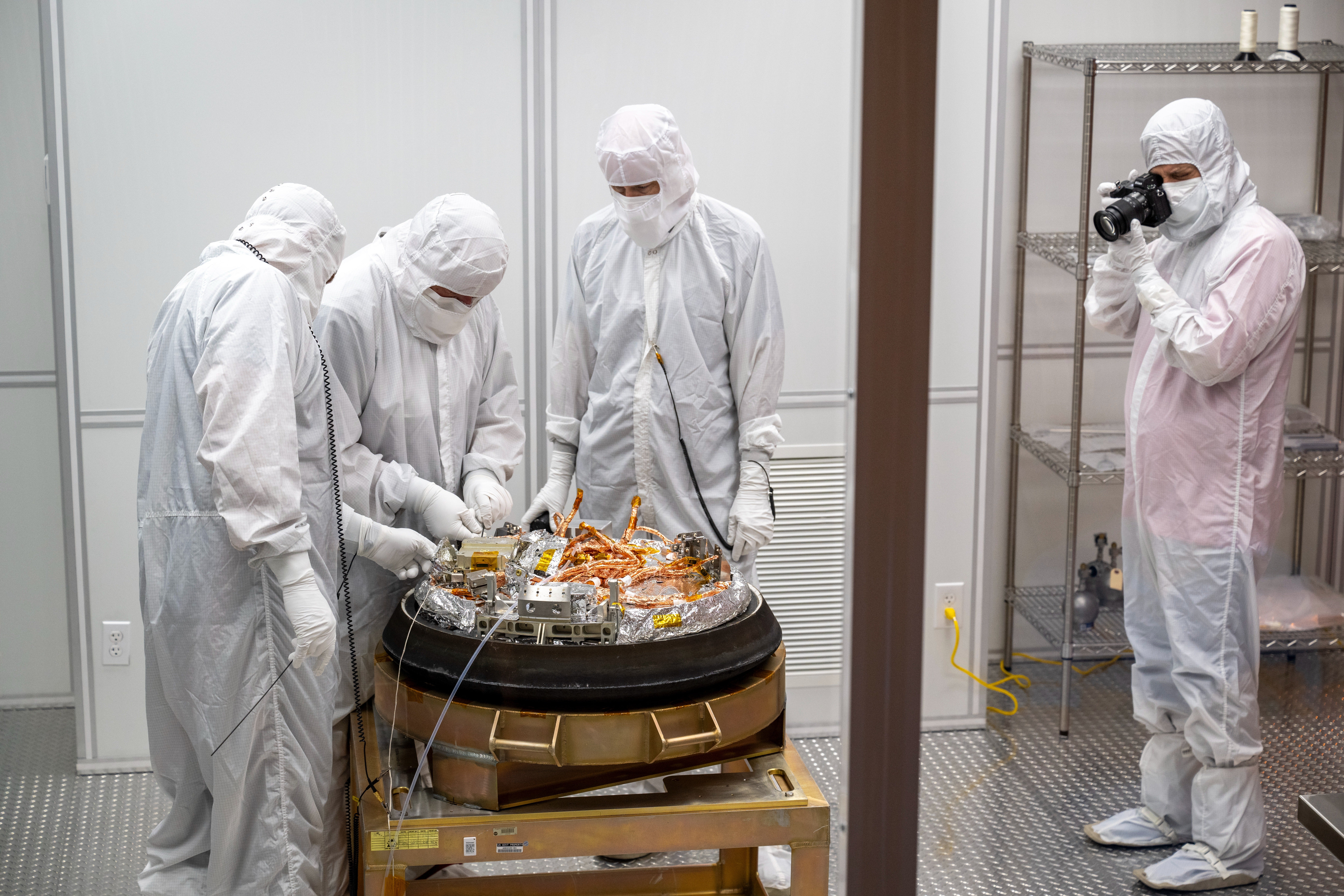Time: 2024-07-08

Among the possible origins for the asteroid Bennu , which recently became the first asteroid ever sampled by a NASA mission , a surprising indication is that it may have come from a water world . Researchers analyzed the mixture of rocks and dust from bodies beyond Earth , collectively called regolith , scooped up from Bennu by NASA 's OSIRIS - REx mission in 2020 . The spacecraft was able to extract the sample and carry it 200 million miles back to Earth . Scientists had hoped the 4.3 - ounce ( 121.6 - gram ) sample would hold secrets of the solar system 's past and the prebiotic chemistry that might have led to the origin of life on Earth.
The OSIRIS - REx Sample Analysis Team discovered that Bennu contains the basic building blocks for all life . The regolith is rich in carbon and nitrogen , as well as organic compounds , all of which are essential components for life as we know it . This composition offers a glimpse into the early days of our solar system over 4.5 billion years ago . These rocks have retained their original state , having neither melted nor resolidified since their inception , affirming their ancient origins.
The presence and state of phosphates , along with other elements and compounds on Bennu , suggest a watery past for the asteroid , stated Dante Lauretta , co - lead author of the paper and principal investigator for OSIRIS - REx at the University of Arizona , Tucson . Bennu potentially could have once been part of a wetter world . Although , this hypothesis requires further investigation.
An early analysis of samples of the asteroid hints it came from a body with an active hydrothermal system and maybe even subsurface lakes or oceans . Scientists suspect Bennu is a chunk of a larger asteroid that broke off due to a collision farther out . Telescope observations and data collected by NASA 's OSIRIS - REx spacecraft showed that Bennu has minerals that have been altered by water , indicating a watery past reminiscent of processes on Earth and icy moons in the solar system.
The team examined a sample of Bennu returned to Earth by the spacecraft . They reported their findings in the journal Meteoritics & Planetary Science . The majority of the minerals found are ones produced when silicate materials interact with water , especially alkaline fluids . The study team also found evidence of fluid flow , including minerals that precipitated once water evaporated.
The presence of magnesium - sodium phosphate on Bennu indicates a highly evolved fluid system , similar to the salty brines found in evaporating lakes on Earth 's surface . Future analyses of the sample return could help determine the timeline of hydrothermal processes on Bennu 's parent body . It is possible that heat from radioactive decay or impacts contributed to the melting of ices and the aqueous alteration that persisted for millions of years.
The study of Bennu and its watery past sheds light on the commonality of aqueous systems across the solar system . This discovery adds to the list of sources where hydrothermal activity produces spectacular features like icy geysers on Enceladus and Earth 's soda lakes . As researchers continue to analyze the samples from Bennu , more insights into the asteroid 's origins and the processes that shaped it will be uncovered , deepening our understanding of planetary science.